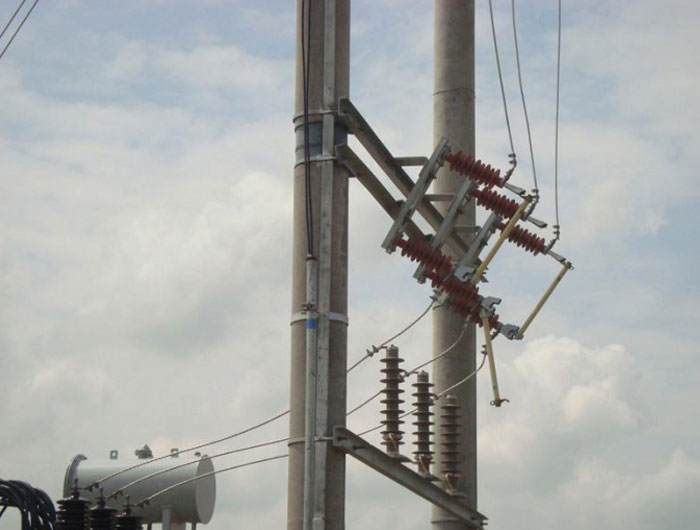What is the difference between a dropout fuse and switch disconnector
2022-12-02
2022-12-02


The main feature of the switch disconnector is that it has no arc extinguishing ability, and can only open and close the circuit under the condition of no load current. The switch disconnector is used at all levels of voltage to change the circuit connection or to isolate the line or equipment from the power supply. It has no current interruption capability and can only be operated after disconnecting the line with other equipment. Generally, there is an interlock device to prevent misoperation of the switch under load, and sometimes a pin is required to prevent the switch from being disconnected under the magnetic force of a large fault.




